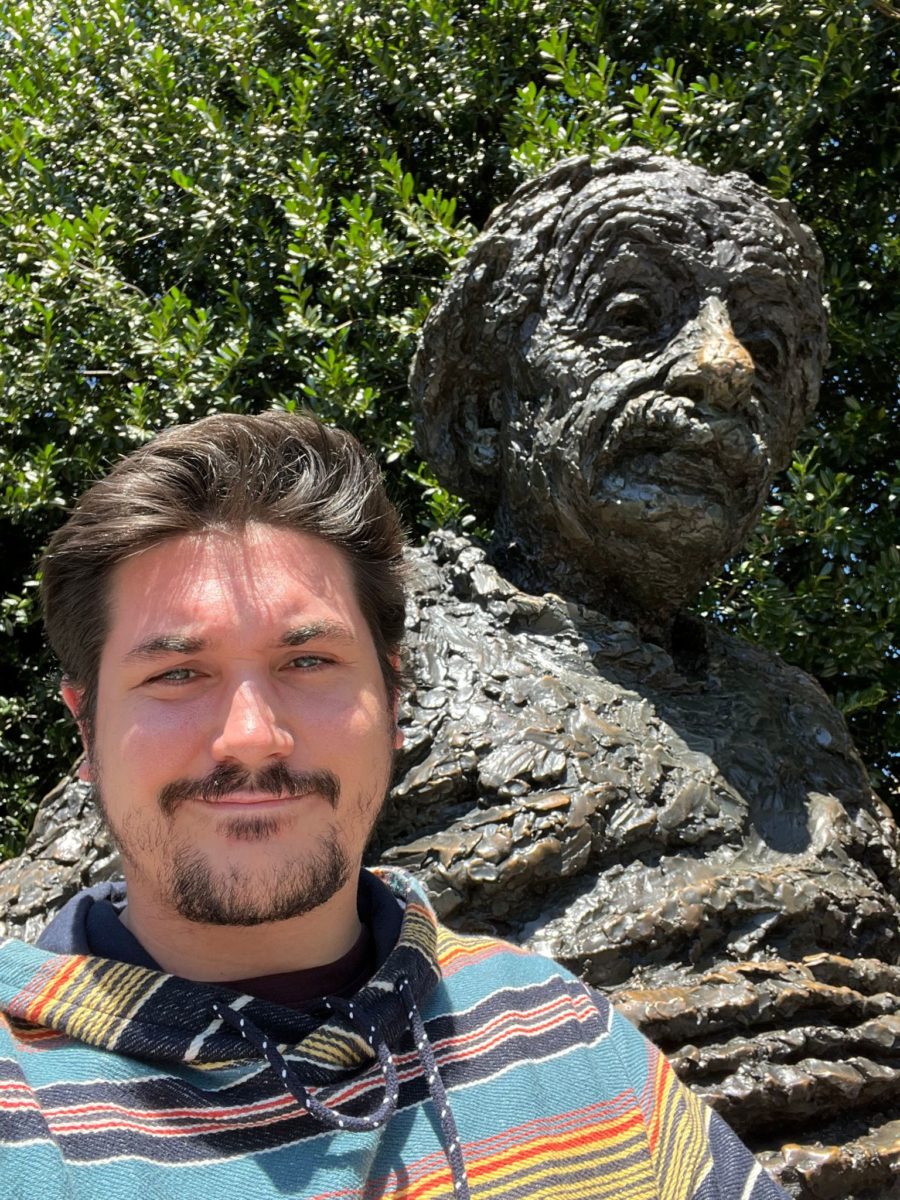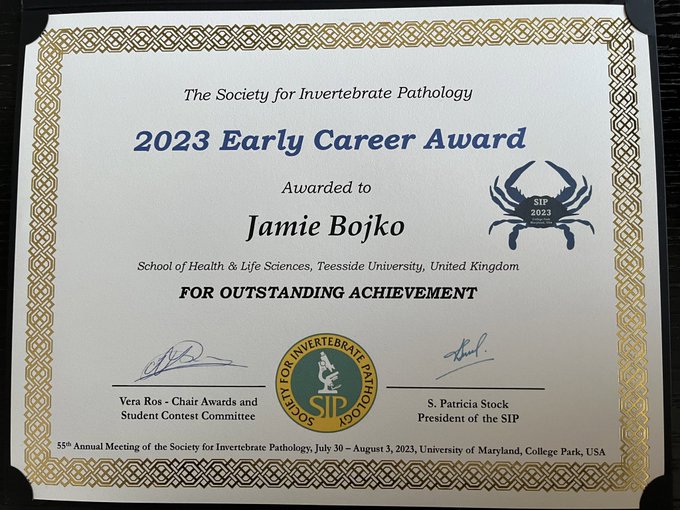In a recent “best-of-2022” release by the journal ‘ Trends in Parasitology’, Dr Jamie Bojko and colleagues’ contribution was highlighted as one of the most influential papers on parasitology. Their manuscript explores the history of microsporidian taxonomy, and provides an up-to-date perspective on well-studied species, highlighting the future of the field and how a stable taxonomy is needed to provide consensus information for all research teams involved, from human pathologists through to marine scientists.
Open access link: https://www.cell.com/trends/parasitology/collections/best-of-2022
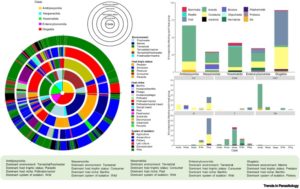



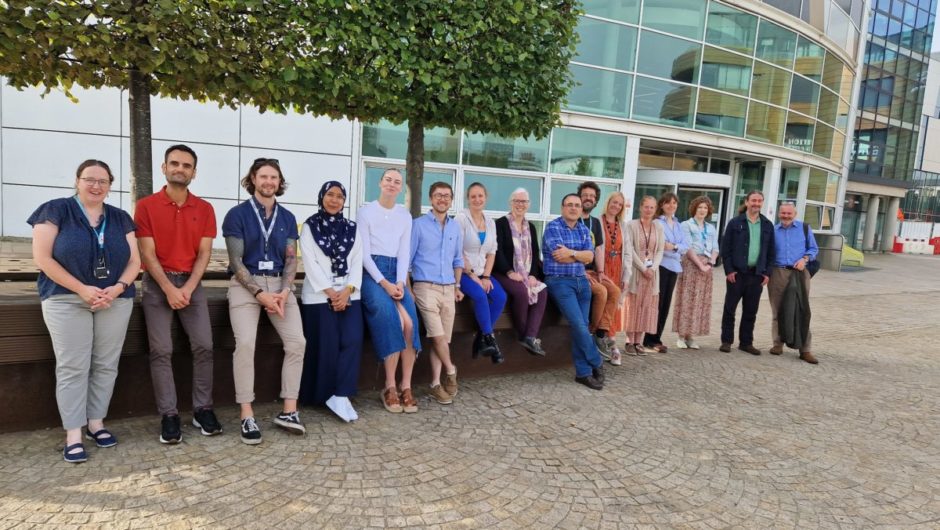
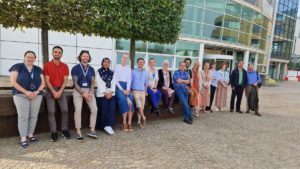
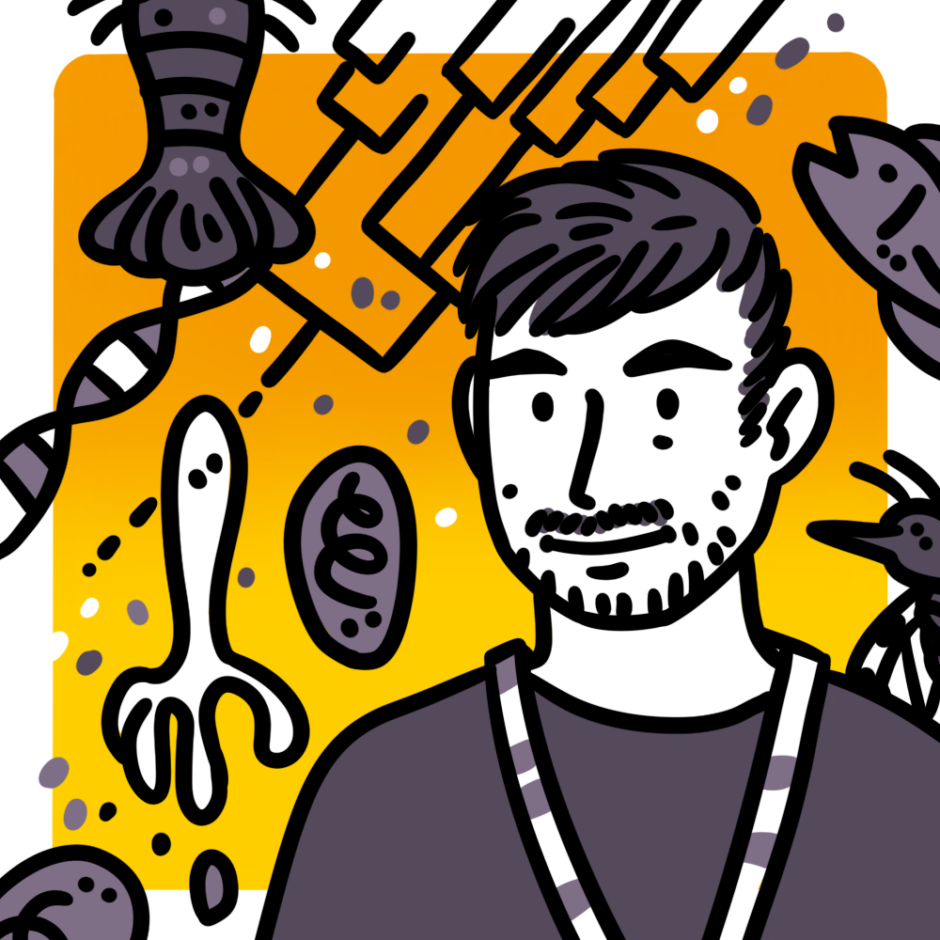

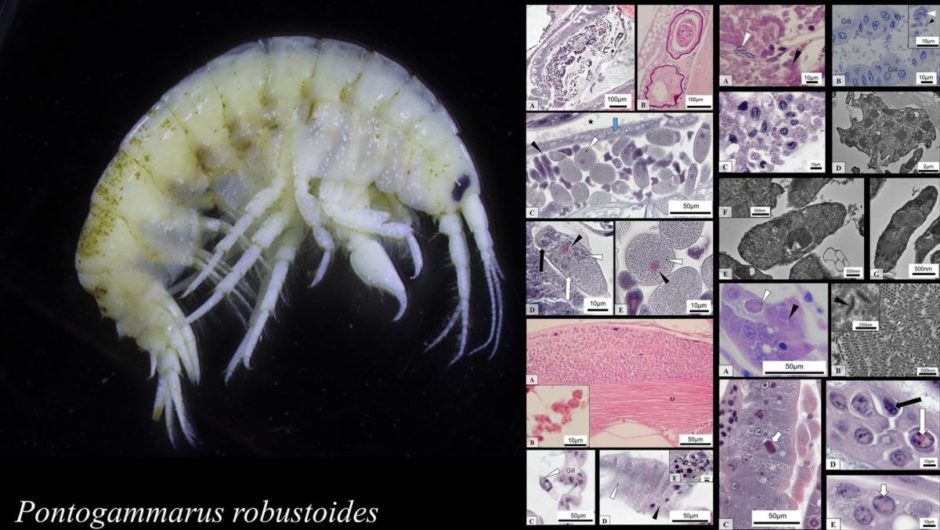
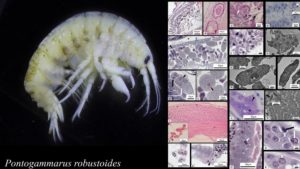

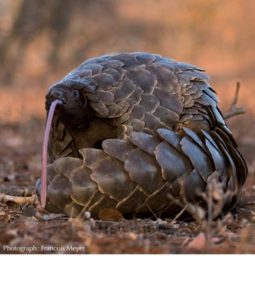 To learn more about these fascinating creatures check out some books that Dr Desiré Dalton (Lecturer, Teesside University) has contributed to (
To learn more about these fascinating creatures check out some books that Dr Desiré Dalton (Lecturer, Teesside University) has contributed to (